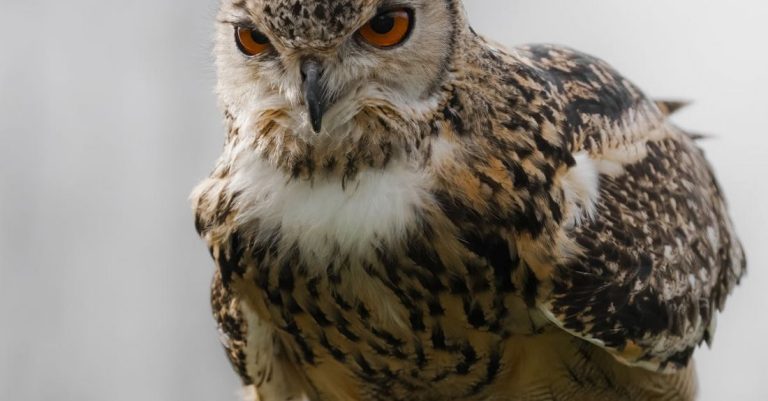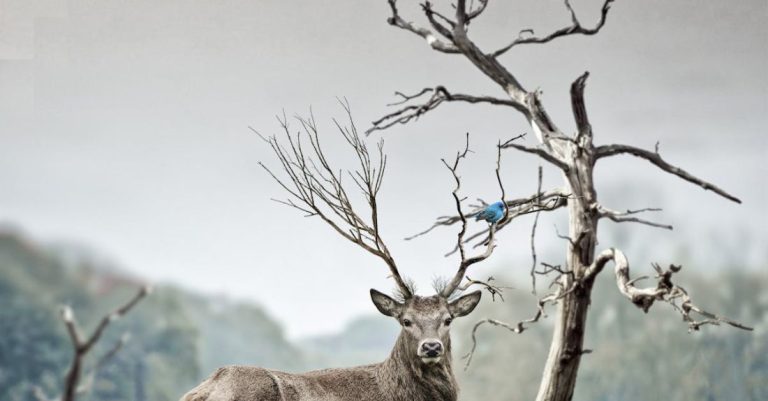
Wildlife Protection Strategies: Safeguarding our Precious Ecosystem
The world’s wildlife is facing unprecedented threats due to habitat loss, climate change, poaching, and human-wildlife conflict. As the delicate balance of ecosystems is disrupted, it is crucial to implement effective wildlife protection strategies to ensure the survival of these vulnerable species and the preservation of biodiversity. In this article, we will explore some of the most impactful strategies that can be implemented to protect and conserve wildlife around the globe.
Preservation of Habitats
The preservation of habitats is one of the most fundamental wildlife protection strategies. By safeguarding natural habitats such as forests, wetlands, and grasslands, we can provide wildlife with the necessary resources for survival. Establishing and expanding protected areas, national parks, and wildlife reserves can create safe havens for endangered species to thrive without the threat of human interference. Additionally, promoting sustainable land use practices and reducing deforestation can help mitigate habitat loss and fragmentation, allowing wildlife populations to flourish.
Combatting Illegal Wildlife Trade
Illegal wildlife trade poses a significant threat to many species around the world. To combat this illicit activity, stringent enforcement of wildlife protection laws and regulations is essential. Increasing penalties for poaching and trafficking, enhancing surveillance and monitoring efforts, and collaborating with international law enforcement agencies can help deter wildlife crime. Furthermore, raising awareness about the detrimental effects of the illegal wildlife trade and advocating for sustainable alternatives can reduce the demand for wildlife products and protect vulnerable species from exploitation.
Community Engagement and Education
Engaging local communities in wildlife conservation efforts is vital for the long-term success of wildlife protection strategies. By involving communities living in close proximity to wildlife habitats, we can foster a sense of stewardship and responsibility towards conserving these precious natural resources. Providing education and training on sustainable resource management, promoting eco-tourism as a conservation tool, and incentivizing community-based conservation initiatives can empower local people to become active participants in wildlife protection efforts.
Climate Change Mitigation
Climate change poses a grave threat to wildlife populations worldwide, leading to habitat degradation, altered migration patterns, and increased vulnerability to diseases. Implementing strategies to mitigate climate change, such as reducing greenhouse gas emissions, promoting renewable energy sources, and enhancing ecosystem resilience, can help safeguard wildlife from the adverse impacts of a changing climate. Supporting habitat restoration projects and implementing adaptive management strategies can also assist wildlife in adapting to rapidly changing environmental conditions.
Collaboration and Partnerships
Effective wildlife protection strategies require collaboration and partnerships among governments, non-governmental organizations, local communities, and other stakeholders. By working together towards a common goal, we can leverage resources, expertise, and knowledge to implement comprehensive conservation plans that address the multifaceted challenges facing wildlife today. Engaging in cross-sectoral collaborations, sharing best practices, and promoting information exchange can enhance the effectiveness of wildlife protection efforts and ensure the long-term survival of endangered species.
Sustainable Development Practices
Promoting sustainable development practices that balance economic growth with environmental conservation is essential for the coexistence of wildlife and human populations. Implementing eco-friendly infrastructure projects, incorporating conservation considerations into urban planning, and adopting sustainable agriculture practices can help minimize the negative impacts of human activities on wildlife habitats. By integrating wildlife protection into sustainable development agendas, we can create a harmonious relationship between humans and wildlife, ensuring the continued survival of our planet’s precious biodiversity.
In Conclusion: Safeguarding Wildlife for Future Generations
As the threats facing wildlife continue to escalate, it is imperative that we take decisive action to protect and conserve these invaluable natural resources. By implementing a combination of preservation of habitats, combatting illegal wildlife trade, community engagement and education, climate change mitigation, collaboration and partnerships, and sustainable development practices, we can create a more secure future for wildlife around the world. Together, we have the power to safeguard our planet’s biodiversity for future generations and ensure that the beauty and diversity of our natural world endure for years to come.





